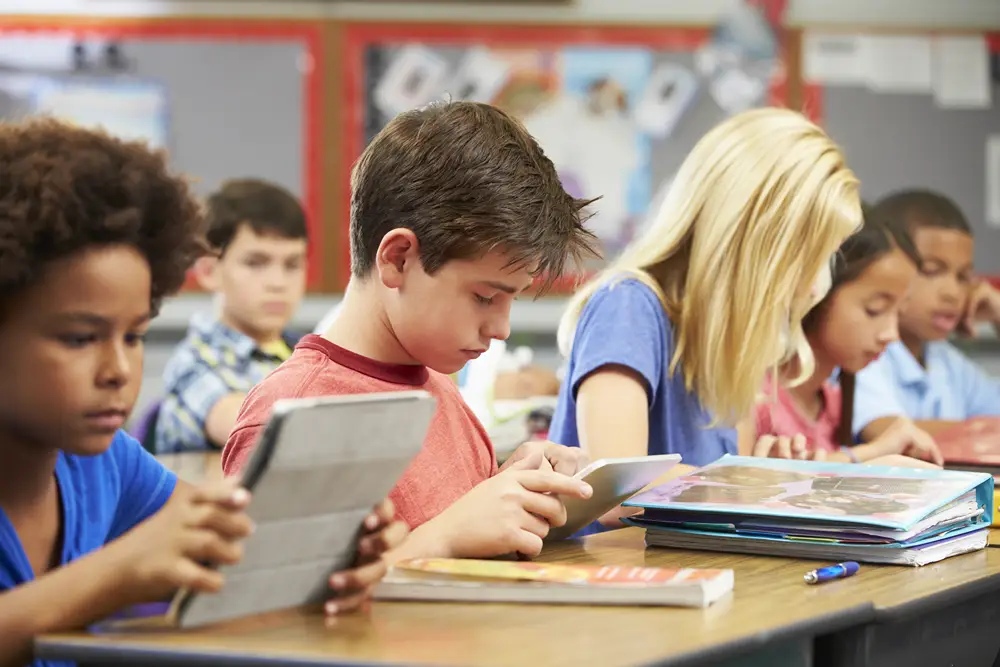Instagram Usage Time For Your Kids: How Much Should They Be Allowed?
Instagram isn’t going away. For many teens, it’s where friendships happen, identities take shape, and ideas are shared. But when you’re a parent, that ever-present scrolling can be hard to ignore, especially when it’s cutting into sleep, homework, and face-to-face time.
So how much Instagram is too much? And more importantly, how can you help your child build a healthy relationship with it without turning your home into a daily battleground?
Let’s walk through it together, no scare tactics, just real strategies.
Why Kids Love Instagram (And Why That’s Not Always Bad)
Instagram, like any tool, can be used in ways that are either enriching or mind-numbing. Understanding why kids gravitate toward it is the first step toward guiding healthy use.
1. They’re Connecting
Instagram is more than selfies and sunsets. It lets teens connect with friends, discuss their lives, and feel noticed. It can help introverted kids retain friendships and feel connected.
2. It Can Spark Learning
Surprisingly, Instagram is also becoming a hub for educational content. Many teens follow accounts that post quick academic tips, productivity hacks, and revision notes. The rise of the #Studygram community, for example, has turned the app into a space where learning and motivation go hand-in-hand.
If you’re skeptical, a deeper look at how students are turning Instagram into a learning tool, where both the benefits and risks of educational content on the app are laid out in a grounded, thoughtful way.
3. But It’s Also a Time Sink
Let’s not sugarcoat it. The “endless scroll” design keeps users hooked. Add peer pressure, algorithmic content, and late-night FOMO, and it’s easy to see how Instagram can edge out everything from sleep to schoolwork.
How Much Time Is Healthy?
There’s no magic number, but expert advice helps frame a starting point.
The AAP’s Family Media Plan
The AAP does not set teen screen-time limits. Instead, create a “Family Media Plan” depending on your child’s age, school schedule, and emotional requirements.
Some highlights:
- For tweens (ages 10–12): Aim for no more than 1–2 hours of daily recreational screen time.
- For teens (13+): Be flexible, but school, sleep, and in-person relationships should take priority.
- Encourage screens off an hour before bed and during homework time.
- Consider co-viewing or following your child’s account. It can help open conversations, not just monitor behavior.
Real Usage: What Teens Say
Per Pew Research Center, 70% of teens use Instagram everyday, with 6 in 10 admitting they use it “almost constantly.”
How they spend their time and what they replace are the issues.
A Step-by-Step Guide to Setting Limits
Rather than laying down arbitrary screen-time limits, here’s a more effective approach:
Step 1: Know the Baseline
Start with curiosity, not confrontation. Ask your child to pull up their phone’s screen-time stats (iOS and Android both track this). How much time is spent on Instagram daily or weekly?
Step 2: Set a Realistic Cap
For most teens, aiming for no more than 90 minutes to 2 hours a day on Instagram is a good goal. This allows social interaction without letting it eat the entire evening.
Step 3: Split That Time Wisely
Instead of one big block, divide Instagram use into purposeful chunks:
- 30 minutes after school to unwind and catch up with friends.
- 10–15 minutes between study sessions as a short break.
- 20 minutes before dinner or during downtime (but not too close to bed).
Step 4: Use the Built-in Tools
Instagram offers daily time limit reminders in the “Your Activity” tab. Pair this with phone-level app timers to automatically restrict usage.
Step 5: Revisit Weekly
This isn’t a set-it-and-forget-it rule. Check in every Sunday: Is it working? Are they staying productive? Adjust based on upcoming tests, sports events, or even mental health.
Helping Kids Use Instagram More Mindfully
Here’s the twist: The solution isn’t just less Instagram it’s also better Instagram.
1. Curate Their Feed
Encourage them to follow:
- Study tip pages
- Motivational accounts
- Classmate-run study groups
Even just changing who they follow can shift the tone of their usage from draining to motivating.
2. Create a Study Account
Some teens thrive when they create a separate Instagram account just for academic content. It keeps them away from distractions and builds a sense of purpose.
3. Make a Weekly Post Goal
Challenge them to post one learning-related piece of content each week. It could be a summary of what they studied, a tip that helped them, or a clean version of their notes. It turns scrolling time into creation time.
Signs Instagram Might Be a Problem
Setting limits is helpful but noticing red flags is even more important. Watch for:
- Mood shifts when asked to put the phone away
- Decreased grades or missed assignments
- Poor sleep or inability to fall asleep
- Withdrawal from real-world activities
These signs may mean it’s time to tighten limits or look deeper into what’s driving the reliance on social media.
Simple Household Strategies That Work
Here are five tools that parents swear by:
1. Tech-Free Zones
No phones at the dinner table or in the bedroom. This rule alone can drastically reduce nighttime scrolling and improve sleep.
2. Earned Screen Time
Tie Instagram time to tasks: chores, reading, or finishing homework.
3. Lead by Example
If you’re glued to your own feed, your teen will notice. Set shared phone-free hours for the whole household.
4. Offer Alternatives
The more kids are engaged offline, the less they’ll crave escape online. Sports, hobbies, volunteering, whatever sticks.
5. Weekend Detox
Try a “No Phone Sunday” or pick one evening a week where everyone unplugs. Even a few hours can reset habits.
Common Myths, Debunked
- “All screen time is bad.” Not true. Mindful use, especially around learning or connection, can be positive.
- “Monitoring means I don’t trust my kid.” Also false. Transparency helps protect not punish your child.
- “They need to be on Instagram to stay relevant.” Social pressure is real, but boundaries help teens become more confident, not less.
When to Seek Help
If your teen shows signs of depression, anxiety, or total withdrawal, especially tied to social media, it’s time to loop in a pediatrician or counselor. Healthy boundaries can only go so far without emotional support.
Final Thoughts
Instagram isn’t the enemy. But it’s also not a substitute for sleep, studying, or real connection. Finding the right balance doesn’t require a master plan just consistent communication, flexible limits, and a willingness to adapt.
The goal isn’t to control your kid’s every click. It’s to help them build awareness and habits that serve them long after they’ve logged off.
With tools like built-in timers, family plans, and even learning-focused Instagram communities, you’ve got more control than you think.
References






